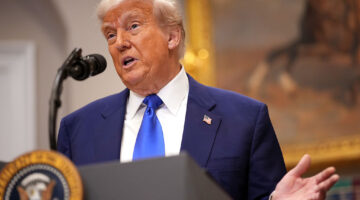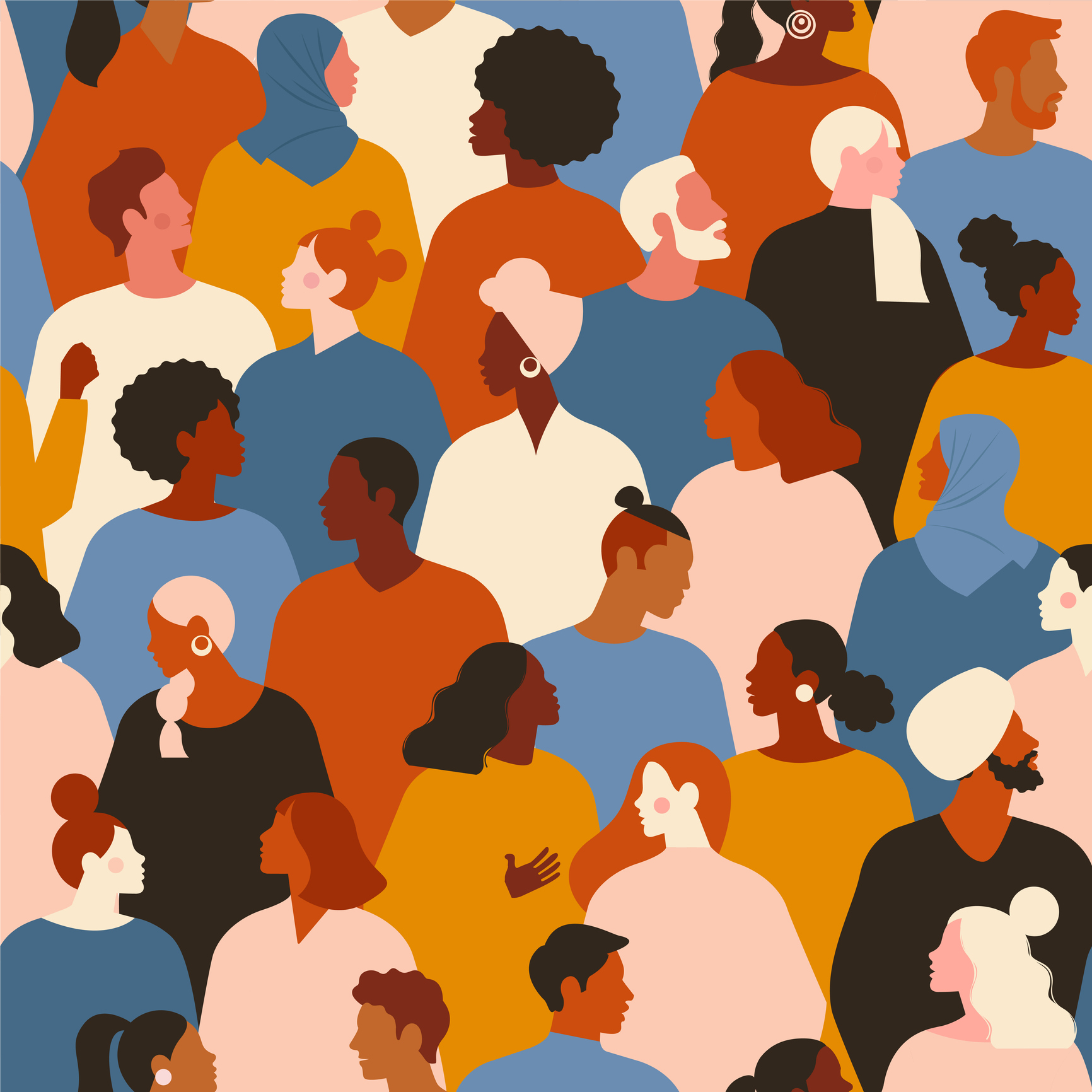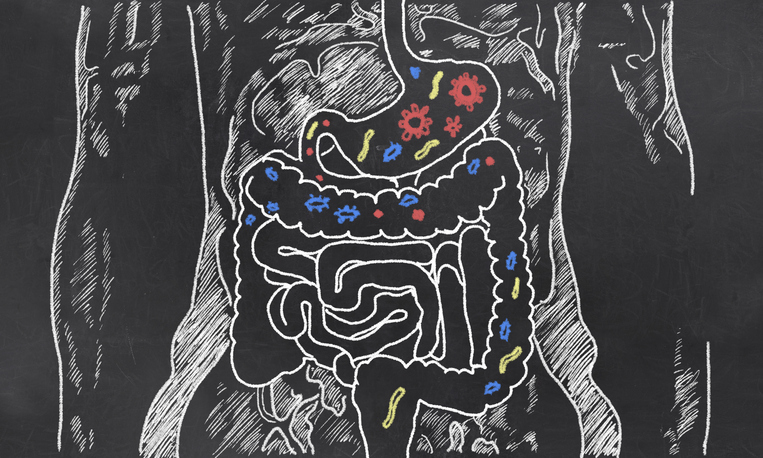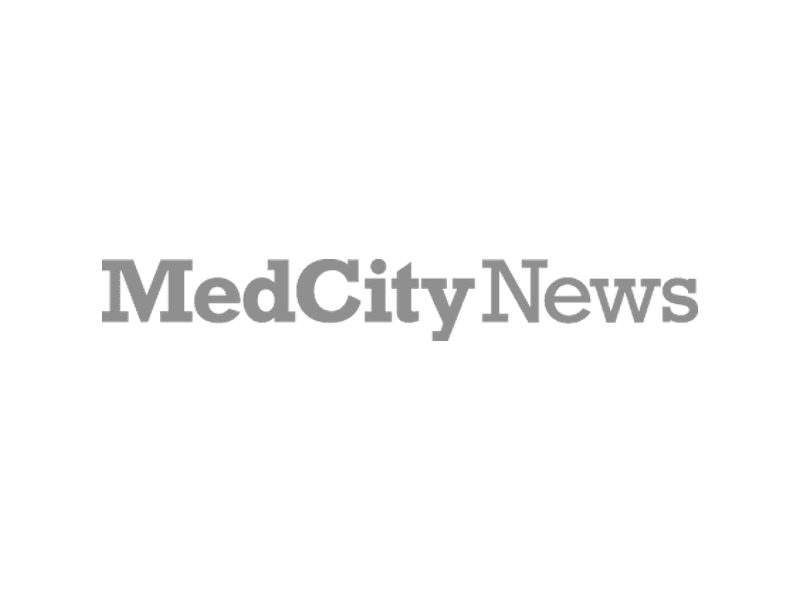
Public Health Cannot Survive on Soundbites
Premature claims about Tylenol and autism put politics ahead of science and risk eroding the public trust essential to health.

Premature claims about Tylenol and autism put politics ahead of science and risk eroding the public trust essential to health.

As healthcare systems actively recalibrate their diagnostic strategies, evolved nasal lavage presents a safer, smarter specimen collection standard that results in more accurate and timely diagnosis plus more effective virus containment.

The rapid advances in AI and smartphone technologies hold promise for many stakeholders in the healthcare system — providers, payers, pharmaceutical drugmakers and public health agencies — that need to understand what's happening with the patient in real time.

The Trump administration has cancelled $766 million in contracts to develop mRNA vaccines against potential pandemic flu viruses. In addition, since President Donald Trump took office, at least half of the security council’s staff have been laid off or left. This is dangerous say former health security officials.

As the safety-net landscape shifts and funding uncertainty grows, the path forward is clear. By investing in highly coordinated, data-informed care and aligning health plans, providers and communities around shared goals, we can build a system that reaches individuals with complex care needs, supports whole-person health initiatives and strengthens care across the board.

Robert F. Kennedy Jr.’s rise to become secretary of the Department of Health and Human Services has some concerned that anti-vaccine policies are coming. If the nation’s top public health agency pulls support of vaccination, other healthcare stakeholders will need to step up to fill the vaccine messaging void.

HHS underwent a sweeping restructuring this week, resulting in about 10,000 layoffs across various agencies. With critical programs for things like disease prevention and outbreak response already crumbling, experts believe the fallout from this decision could set public health efforts back by decades.

The convergence of Trump's political capital, Kennedy's agricultural vision, and existing technological capabilities creates an unprecedented opportunity to restructure America's approach to health and disease prevention.

It is only by supporting the public health workers, and making their jobs more appealing that health agencies can strengthen the workforce to prevent and respond to future public health threats.

While the U.S. did very well on the scientific front of Covid-19 with the production of vaccines, it needs to improve on the public health front, said Dr. Anthony Fauci, former director of the National Institute of Allergy and Infectious Diseases. He made these comments Tuesday at the AHIP 2023 conference in Portland.

The CDC recently issued an advisory about a bacteria called shigella due to a nationwide increase in infections resulting from drug-resistant strains. The easily transmissible bacteria causes an infection called shigellosis that is uncomfortable and unpleasant but rarely life-threatening — the main symptom is inflammatory diarrhea.

Gun violence is a public health crisis, and lawmakers are taking small steps toward treating it that way, said Kris Brown, president of gun violence prevention nonprofit Brady United. But there is still a long road ahead in the fight to protect American communities against gun-related injuries and fatalities, she said.

Every public health system is unique, and the reasons for shortages vary. To respond, leaders can analyze their particular needs and then take action to develop and re-stock the talent pool. Here are four actions that can help.

By learning from the mistakes of the past, the U.S. government and its international partners can create a more effective response to the monkeypox outbreak than they have for previous health emergencies.

Violence is common and increasing across California, according to new research. Despite this trend, the report said statewide violence prevention programs are ill-funded and treated as a non-priority. It advocated for more policy that addresses the root causes of violence by improving the financial, social and emotional security of vulnerable populations.